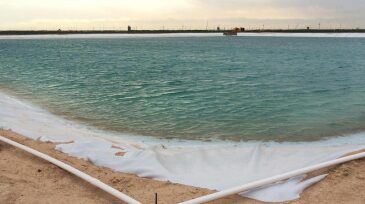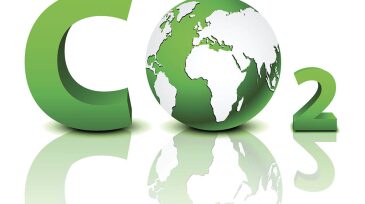Bakken shale
-
As oil prices recover from the low point of the downturn, operators in the Permian and the Bakken are tackling water management issues.
-
The CEO of Phillips 66 expects the DAPL to be operational in 2Q 2017.
-
The Dakota Access Pipeline, which will connect the Bakken and Three Forks production areas, has received the regulatory go-ahead from the US Army Corps of Engineers.
-
This paper presents results from the analysis of the effect of in-fill drilling on parent-well performance, and describes a simplistic approach to understanding the effect of the quest for operational efficiencies and economic cycles on development strategies.
-
In this study, detailed petrophysical and geological field models focusing on the middle and lower members of the Bakken Formation were developed.
-
Two places that illustrate the mounting challenges facing the shale business are the Bakken Shale in North Dakota, where the number of working rigs is one-third what it was a year ago, and the Fayetteville Shale in Arkansas, where there are no more working rigs.
-
A pilot project carried out by Hess demonstrates how quickly automated drilling technology is able to take a rig from the bottom of the pack in terms of performance and push it to the top.
-
The Bakken’s ultratight, largely oil-wet nature limits the potential of waterflooding. As an alternative, an optimally spaced well-to-well surfactant-flooding technology is proposed.
-
The Bakken Petroleum System, which includes the Bakken and Three Forks shales in North America, is estimated to hold as much as 900 billion bbl of original oil in place.
-
This paper evaluates dominant and currently applied completion methods by comparing wells in the Middle Bakken continuous resource play that have used all identified systems.










